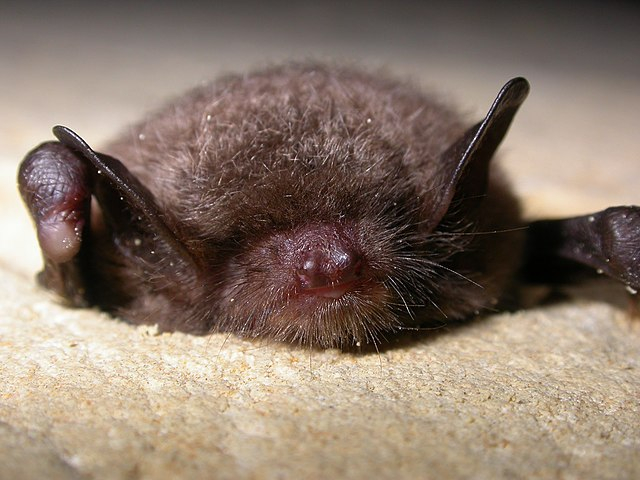
Bats Growl Just Like Death Metal Singers
Bats are perhaps the most recognizable echolocators, or creatures that use reflected sound waves to understand the world around them. Most people know bats use chirps and clicks to echolocate, but some bats also employ their vast, seven-octave vocal range to growl. Despite these growls’ vital role in navigation and communication, scientists have historically struggled to understand exactly how bats produce such deep and guttural sounds.
Recent research reveals that bats’ growling techniques are surprisingly similar to humans’. According to a published last week in the journal PLOS Biology, biologists at the University of Southern Denmark removed the larynx from five deceased bats (Myotis daubentonii) and applied air flow that imitated the bats’ natural breathing. Using a small 250,000fps camera, the scientists observed the larynxes’ vocal membranes and ventricular folds, or “false vocal folds,” as they vibrated at different frequencies.

(Credit: Gilles San Martin/CC BY-SA 2.0)
The vocal membranes’ vibrations produced high-frequency noise (10 to 70 kHz), which the scientists say is part of the bats’ echolocation and social call range. The false vocal folds’ vibrations, however, produced low-frequency sounds (1 to 5 kHz) that bats are known to use during conflict. Though humans don’t typically produce sounds at such a low frequency, there are a few exceptions, including death metal singers and Mongolian throat singers.
“We identified for the first time what physical structures within the larynx oscillate to make their different vocalizations,” sound communication researcher Coen Elemans. “For example, bats can make low-frequency calls using their so-called ‘false vocal folds’ like human death metal singers do.”
The biologists believe Myotis daubentonii evolved to produce high-frequency sounds that can be used to locate fast-moving prey, like flies and mosquitoes. Low-frequency sounds, however, appear to be used in more negative circumstances. “Some seem aggressive, some may be an expression of annoyance, and some may have a very different function,” study co-author and bat expert Lasse Jakobsen said.
Now Read: